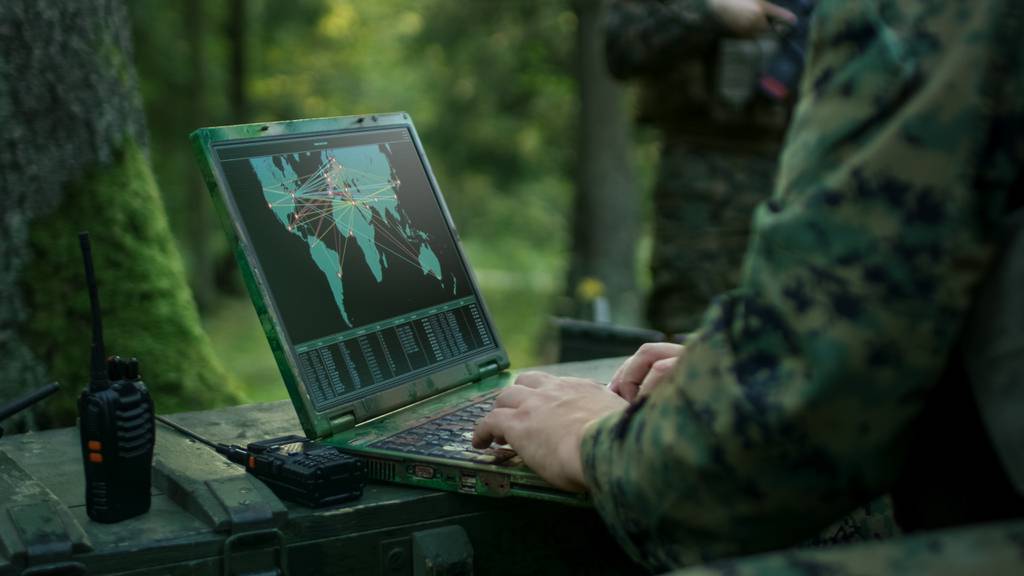WASHINGTON — The U.S. Defense Department is creating a new position to oversee its digital and artificial intelligence activities, with the hope the office will be able to drive faster progress in those areas and meet threats posed by China, according to a senior defense official.
The new chief digital and artificial intelligence officer, or CDAO, will directly report to the deputy defense secretary and oversee the Joint Artificial Intelligence Center, the Defense Digital Service and the DoD’s chief data officer, according to a memo released Dec. 8. Today, those offices directly report to the deputy defense secretary, something the senior defense official said has led to disjointedness.
“We’ve created the CDO, the JAIC and DDS each operating independently and as if the other ones don’t exist,” said the officer, who briefed media Dec. 8 on the condition of anonymity. “That causes two kinds of inefficiencies. One, it means we don’t have the kind of integration across their lines of effort that we could really maximize the impact of the things that any one organization is doing. Two, it means we don’t take advantage of when there are overlaps in what they’re doing, or underlaps in what they are doing to drive the right kind of prioritization in these spaces.”
The official insisted this new position is not meant to create more bureaucracy, but rather serve as an integration function to better drive priorities across these related functional areas.
It is unclear who will lead this organization, but the senior official said the department is looking both inside and outside the Pentagon. The intent is to establish an initial operating capability for the office by Feb. 1, 2022, and reach full operating capability no later than June 1, 2022, the official said.
After establishing an initial operating capability, the office will work with existing authorities to integrate and align the three offices it will oversee. The CDAO will serve as the successor organization to the JAIC, the official said, meaning it will be the lead AI organization within the Pentagon. The CDAO will act as an intervening supervisor for DDS, working to scale new digital solutions and apply them to other problems.
After reaching full operating capability, the official said, the DoD will submit legislative proposals to Congress to adjust authorities and reporting lines.
The heart of JADC2
The senior official noted that this new organizational change gets to the heart of the Pentagon’s Joint All-Domain Command and Control approach, which seeks to more seamlessly connect sensor information to shooters to allow for faster decision-making.
“It is JADC2. JADC2 is the integration of disparate data sources into a common architecture that allows us to have clear, senior-leader-down-to-operator decisions to drive warfighting improvements,” the official said. “To do that. you need a range of capabilities from common data architecture to a common development and deployment environment that allows you to take your applications either digital or AI-enabled and move them to the warfighter.”
To realize this vision, the department needs a single driver inside the Office of the Secretary of Defense.
Moreover, the hope is that the new CDAO position will accelerate progress on initiatives such as common data fabrics, open architectures and open APIs — all key enablers of JADC2.
The position is expected to help the DoD identify solutions to fit these problems and build toward common foundational elements, common development environments and common deployment environments.
It will also help scale the department, which currently has several startup efforts in these areas but needs to make them full-fledged projects.
“We have a couple of startups here, and to get to the scale at the speed we need in the department, we need a central advocate who can manage the resources, manage the priorities, connect with [combatant command] commanders and service leadership to really drive the prioritization and deployment of those solutions,” the official explained.
Mark Pomerleau is a reporter for C4ISRNET, covering information warfare and cyberspace.








